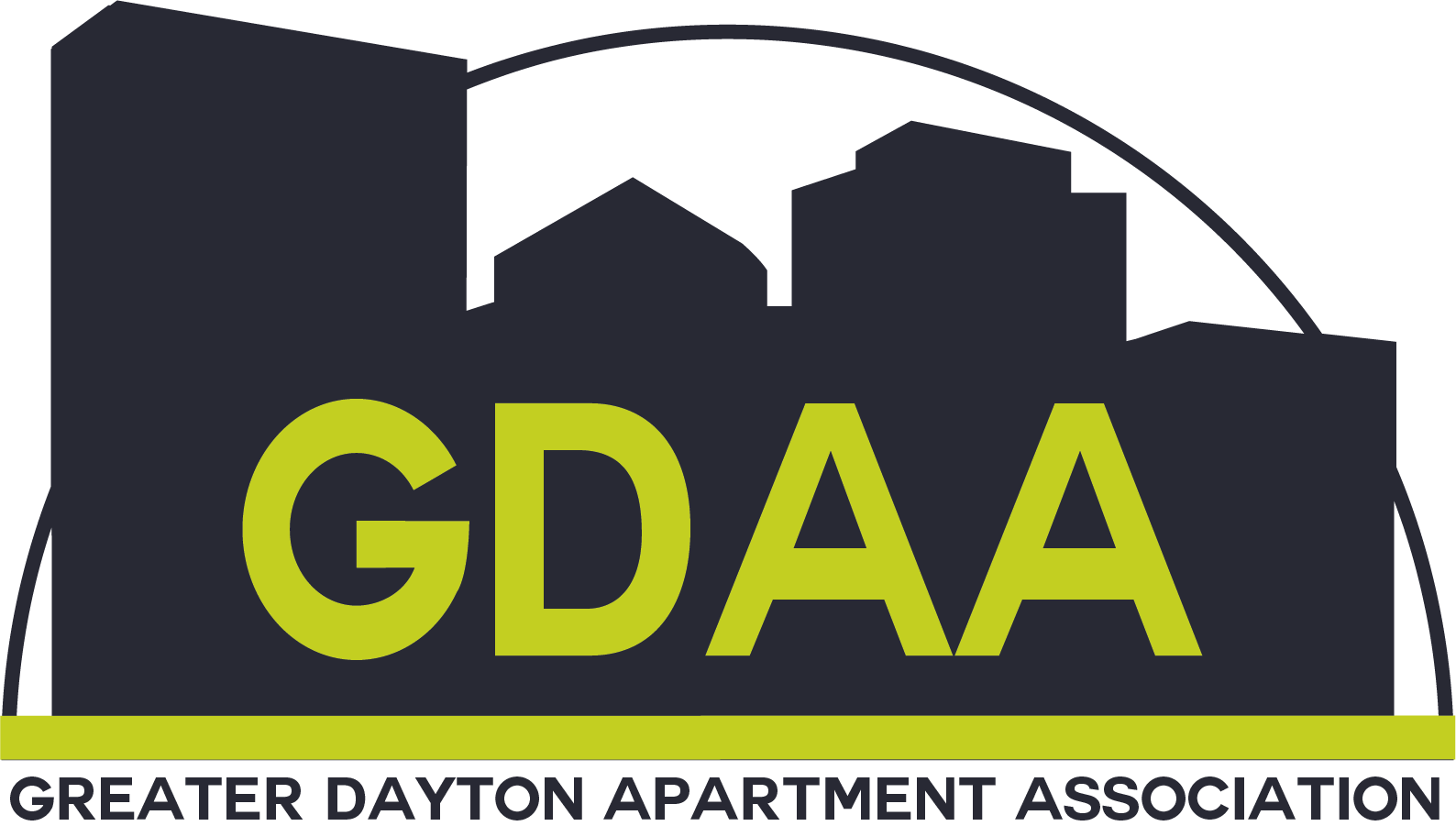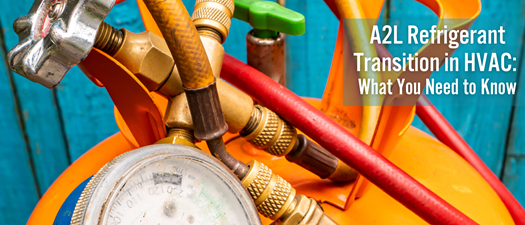A2L: Refrigerant
Refrigerant Transition R-32 & R-454B Overview
Event Details
A2L refrigerant Transition
A = Non-toxic. 2 = Flammable. L = Low burning velocity
This program is intended to prepare maintenance technicians and management companies for the safe handling of low GWP (Global Warming Potential) refrigerants, including those that are flammable and mildly flammable. Understand the break down the EPA Toxicity and Flammability Chart, along with environmental considerations.
The HVAC industry is undergoing a significant transformation, and the 2025 A2L refrigerant transition is at the forefront of these changes. As global efforts to combat climate change intensify, the use of refrigerants with high global warming potential (GWP) is being phased out. In its place, newer refrigerants with lower GWP are being introduced. This transition, especially to A2L refrigerants, will reshape how heating, ventilation, and air conditioning systems are designed, maintained, and operated.

What Does the 2025 Transition Mean for HVAC Professionals?
For HVAC professionals, the 2025 refrigerant transition presents both challenges and opportunities. Here’s how the industry will be impacted:
- New Training and Certification Requirements: Since A2L refrigerants are mildly flammable, technicians will need specialized training to handle them safely. The U.S. Environmental Protection Agency (EPA) has outlined new certification requirements for technicians working with A2L refrigerants, which include training on safety procedures, handling, and leak detection.
Most companies with older tools will need to update to new A2L-compliant models. - System Requirements: HVAC systems designed for older refrigerants will not be compatible with the new A2L refrigerant. Meaning obsolete R-22 unit(s) and current R410a system(s) will have to be replaced inside and out to be able to update to the new refrigerant. That means an entirely new indoor and outdoor AC unit. There are also potential system infrastructure updates that will be required such as new copper lines for certain brands or manufacturers.
- New Safety Standards: Because A2L refrigerants are mildly flammable, safety standards in the HVAC industry will need to be updated. These changes will focus on ensuring that systems are designed, installed, and maintained in a way that minimizes the risk of fire or explosion.
The most significant impact is that system(s) will be designed with leak detector devices that will shut off the system in the event of a refrigerant leak. Preventing the long time practice of “topping off” a system for temporary repair, in the event of a leak in the indoor unit. - Impact on System Design: A2L refrigerants have different thermodynamic properties compared to older refrigerants, which means HVAC systems may need to be redesigned for optimal performance. Manufacturers will likely introduce new equipment that is specifically designed to use A2L refrigerants.
- Supply Chain and Availability: The shift to A2L refrigerants may create supply chain disruptions as manufacturers ramp up production of the new refrigerants and components. HVAC professionals may need to adjust to changes in refrigerant availability and prices during this transition period.

